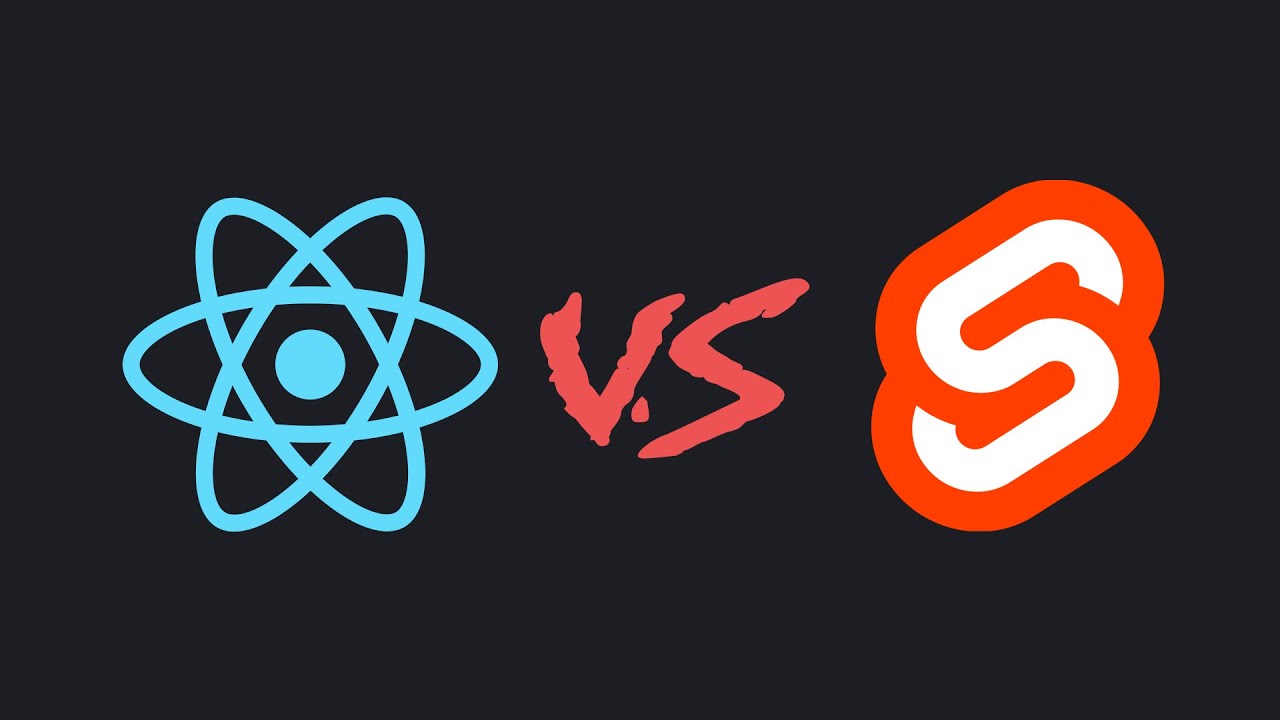Svelte vs. React for Startups: Making the Right Choice
August 8, 2024

In the fast-paced world of startups, choosing the right technology stack can make or break your success. Two popular frontend frameworks that often come up in this decision-making process are Svelte and React. Both have their strengths, but which one is the best fit for your startup? Let’s dive deep into a comparison of Svelte and React to help you make an informed decision.
Introduction: The Stakes of Framework Choice
When you’re building a startup, every decision counts. Your choice of frontend framework will impact your development speed, application performance, and even your ability to hire and scale. React, developed by Facebook, has been a dominant force in the frontend world for years. Svelte, a relative newcomer, has been gaining traction due to its innovative approach and performance benefits.
Learning Curve: Simplicity vs. Ecosystem
Svelte: Embracing Simplicity
Svelte prides itself on its simplicity and minimal boilerplate. Its syntax is close to vanilla HTML, CSS, and JavaScript, making it intuitive for developers with basic web development knowledge.
This simplicity allows developers to be productive quickly, which can be a significant advantage for startups looking to move fast.
React: Leveraging a Vast Ecosystem
React has a steeper learning curve, especially when it comes to concepts like JSX and the virtual DOM. However, its widespread adoption means there’s an abundance of resources, libraries, and tools available.
Performance: Compile-Time vs. Run-Time
For startups that anticipate complex requirements or want to leverage a wide range of third-party components, React’s ecosystem can be a significant advantage.
Performance: Compile-Time vs. Run-Time
Svelte: The Compile-Time Champion
Svelte takes a unique approach by shifting much of the work to compile-time. This results in smaller bundle sizes and faster runtime performance, especially for smaller to medium-sized applications.
React: The Virtual DOM Approach
React uses a virtual DOM to optimize updates, which is efficient but does introduce some overhead. For large, complex applications, React’s approach can still yield excellent performance, especially when optimized correctly.
In benchmark tests, Svelte often outperforms React in terms of initial load time and update speed, which can be crucial for startups focused on providing a snappy user experience.
Bundle Size: Impact on Load Times
Bundle size directly affects your application’s load time, which can be critical for user retention and SEO.
Svelte typically produces smaller bundle sizes due to its compilation process. React’s bundle size can be larger, especially when including additional libraries.
For startups targeting markets with slower internet connections or focusing heavily on mobile users, Svelte’s smaller bundle sizes could be a significant advantage.
Ecosystem and Community: Maturity vs. Growth
React boasts:
A massive collection of third-party libraries Extensive tooling support A large community for support and resources
Svelte: A Growing, Enthusiastic Community Svelte offers:
A rapidly growing ecosystem Increasing adoption in the industry A fresh perspective on frontend development
While React’s ecosystem is more extensive, Svelte’s community is known for its enthusiasm and innovation. Startups need to consider whether they need the vast resources available in the React ecosystem or if they can benefit from Svelte’s fresh approach and growing community.
Scalability: Handling Growth
As your startup grows, your technology needs to scale with it.
React’s Track Record
React has proven its ability to scale with applications like Facebook, Instagram, and Airbnb. Its component-based architecture and robust state management solutions make it well-suited for large, complex applications.
Svelte’s Promise
While Svelte is younger, its performance benefits can translate well to larger applications. SvelteKit, Svelte’s official application framework, is designed to build scalable applications efficiently.
Use Cases: When to Choose Svelte or React
Svelte Shines For:
Startups prioritizing fast development and quick time-to-market Projects where performance and small bundle size are critical Teams that value simplicity and want to minimize boilerplate code
React Excels In:
Large-scale applications with complex state management needs Projects requiring a wide range of third-party integrations Startups with plans for rapid team expansion
Conclusion: Making Your Decision
Both Svelte and React are excellent frameworks, each with its strengths. Your choice should depend on your specific needs:
If you’re prioritizing rapid development, performance, and simplicity, Svelte could be your best bet. If you need a battle-tested framework with a vast ecosystem and are building a complex application, React might be the way to go.
Remember, the best framework is the one that aligns with your startup’s goals, your team’s expertise, and your product’s requirements. Whichever you choose, both Svelte and React offer powerful tools to bring your startup’s vision to life.
Are you considering using Svelte for your startup? Check out SveltePak, our comprehensive Svelte-based starter kit designed to help startups launch faster.
